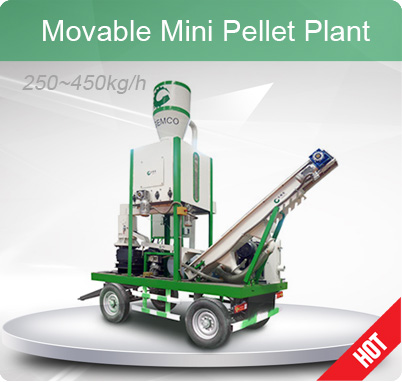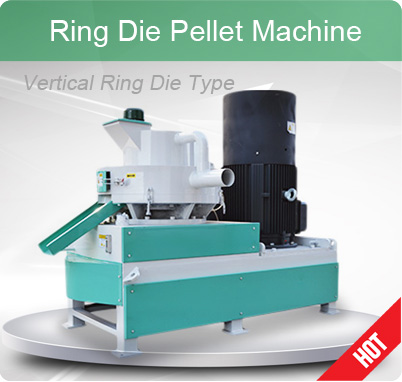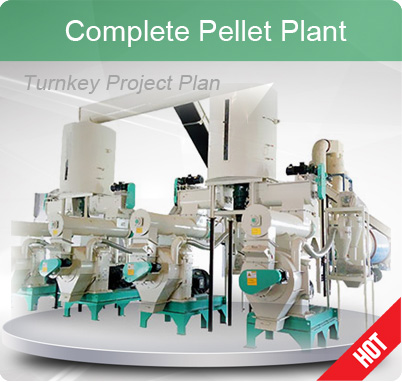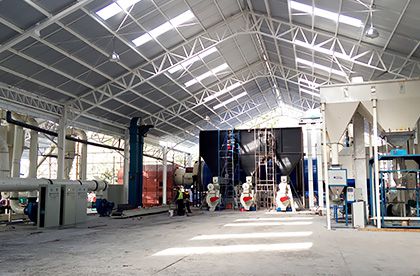Causes Analysis and Corresponding Measures Causing Feed Pellet Mildew
Raw Material Storage Section for Moldy Feed Pellet
Due to the increasingly strong competition in feed industry, the feed storing period has been prolonged, thus the feed mildew has been one of the main problem of troubling the feed production in summer time. Feed mildew not only decreases the nutrition value of feed, but also affects the palatability. What’s more, feed mildew results mycotoxin of feed product exceeding the standard, thus harming the animal health and threatening the human feed safety. In order to avoiding feed mildew, many manufacturers start to take measures to solve these problems and obtain some certain effect. However, feed mildew is caused by many factors. From raw material storage inspection to feed product arrive at the breeding site, during the whole logistics processes, as long as any link mildew control measures are insufficient mildew may occur. The following is an analysis of the factors that may cause mildew in each link and the measures that need to be taken:Raw Material Inspection and Storage
Raw material is the basis of product quality, and serious feed quality problems are almost always related to raw material. A certain amount of water, mold and worms are allowed in the feed ingredients, but when the amount is over than the amount required by the national standard, the raw material value decreased fast, and more seriously, raw material mildew may occur. If the mildewed raw material is produced into feed pellet, it will affect the health indicators and palatability though the feed pellet mildew doesn’t occur. Therefore, the following work should be done in the step of raw material inspection and storage section:
- Before Procurement
- Not only the nutrition indication, but also the raw material moisture content, microorganisms and worms amount should be checked. Moisture is one of the main influenced factor of mould growth. Generally, the moisture content of corn, rice, wheat and other native grains shall not be over 14%; the moisture of soybean, secondary flour, bran bran, soybean meal and other should be less than 13%; the moisture of cottonseed meal, vegetable meal, peanut meal, fish meal, meat and bone meal should be less than 12%. Raw materials with excessive moisture content are not resistant to storage and are prone to mold. For processed materials such as cotton meal and rapeseed meal, it is also necessary to pay attention to whether the local moisture content exceeds the standard, because even if the average moisture content is very low, due to the process defects of the manufacturer, the local moisture content exceeds the standard to produce agglomeration and mold.
- The mould number in the raw material can be checked through the mould testing. For enterprises that do not have the conditions to perform mold testing, they can learn about the production date, production process, and storage conditions of raw materials; observe whether the color and appearance of the raw materials are normal and whether there is agglomeration; use the sense of smell to judge whether the smell of the raw materials is normal and whether there is any odor; Determine whether the raw materials have mildew by measuring the raw materials with a hand or a thermometer to determine whether there is heating.
- In summer, the insects is not the direct reason increasing some raw material storing consumption, and the metabolites produced can seriously contaminate food during their growth, development, reproduction and migration. What is more serious is that the activities of the worms will cause the raw materials to heat up, cause the breeding and development of microorganisms, and cause or accelerate mold. Among the worms, mites have the most significant effect on mildew. Mites belong to the order Acarina, Acarinaceae; incomplete metamorphosis type, people with small bodies are hard to find in sleep. In moist and warm environment, mites usually colonize in grain, feed and transportation and processing equipment, which is easy to cause mildew. Mite growth in feed has also become one of the reasons for customers' complaints against feeds in processing plants. Thus, it is necessary to monitor and control the number of worms, especially the mites, and the raw material which is polluted by the mites should be refused.
- Strengthen the Storage Management after the Raw Material Entering the Warehouse

- Moist, temperature and relative air humidity are the main factors influencing the mildew and insects breeding. When raw material entering the warehouse, it should be divided into piles according to different varieties and batches, and the grain stack should not be too large and too high. Between the stack and wall, stack and stack should be about 20 ~ 50cm to facilitate ventilation and heat dissipation. In summer, according to the weather conditions, the warehouse can be exhausted and exhausted to dissipate heat and humidity. Repair the damage in a timely manner to prevent rain and water leakage in the warehouse.
- In principle, the use of raw materials "first in, first out" can also be based on the raw material moisture, mold contamination, etc., the use of raw materials that are not resistant to storage batch. If the warehouse conditions are poor, you should not store too much raw materials, but you should purchase and use raw materials on the principle of “fast in and fast out”.
- Strengthen the cleaning and sanitation management of the warehouse, timely clean and handle the raw materials scattered and the floating dust generated during the loading and unloading process to prevent long-term ground, moisture absorption, mildew or breeding of worms; the moldy materials should be transferred as soon as possible to avoid becoming a source of mold contamination and infecting other materials.
Get In Touch
We receive enquiries in English, Español (Spanish), Русский язык (Russian), Français (French) and العربية (Arabic). Our professional team will reply to you within one business day. Please feel FREE to contact us!










